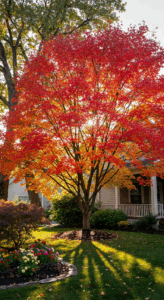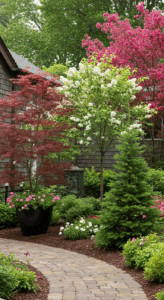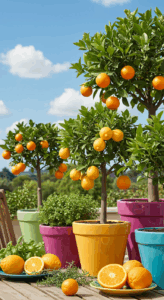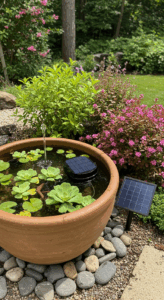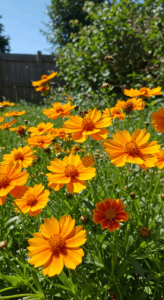1. Berry Bonanza: Perennial Fruits That Keep Giving
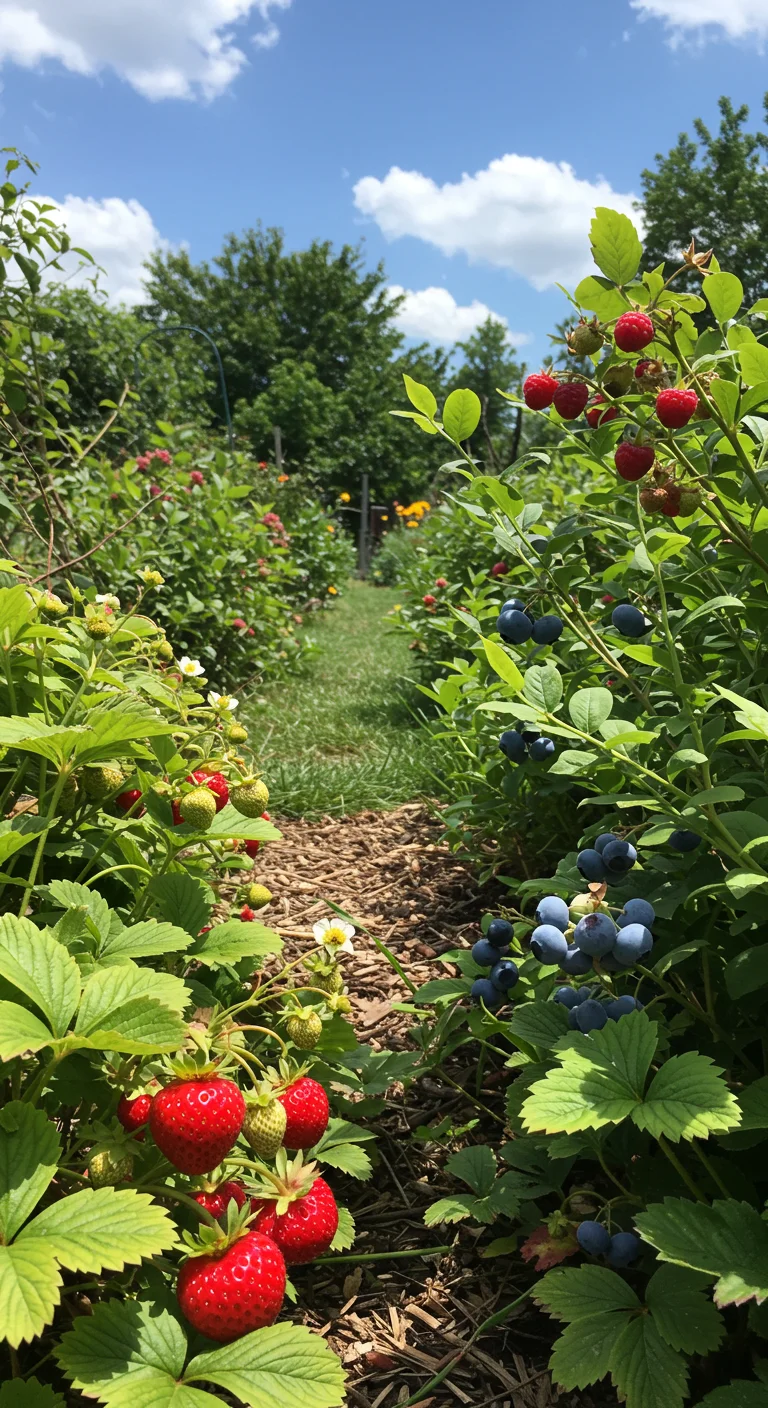
Berry Bonanza features perennial fruits such as strawberries, blueberries, and raspberries that thrive year after year with minimal maintenance. These fruits not only provide delicious, nutrient-packed snacks but also enhance your garden’s beauty with their vibrant colors and lush foliage. Planting these berries in well-drained soil and ensuring they receive ample sunlight will yield bountiful harvests. Additionally, mulching can help retain moisture and suppress weeds, making it easier to maintain your berry patch. By incorporating these perennial fruits into your garden, you’ll enjoy the sweet rewards of fresh berries without the hassle of replanting annually, creating a sustainable and fruitful outdoor space.
2. The Mighty Asparagus: A Garden Staple for Years
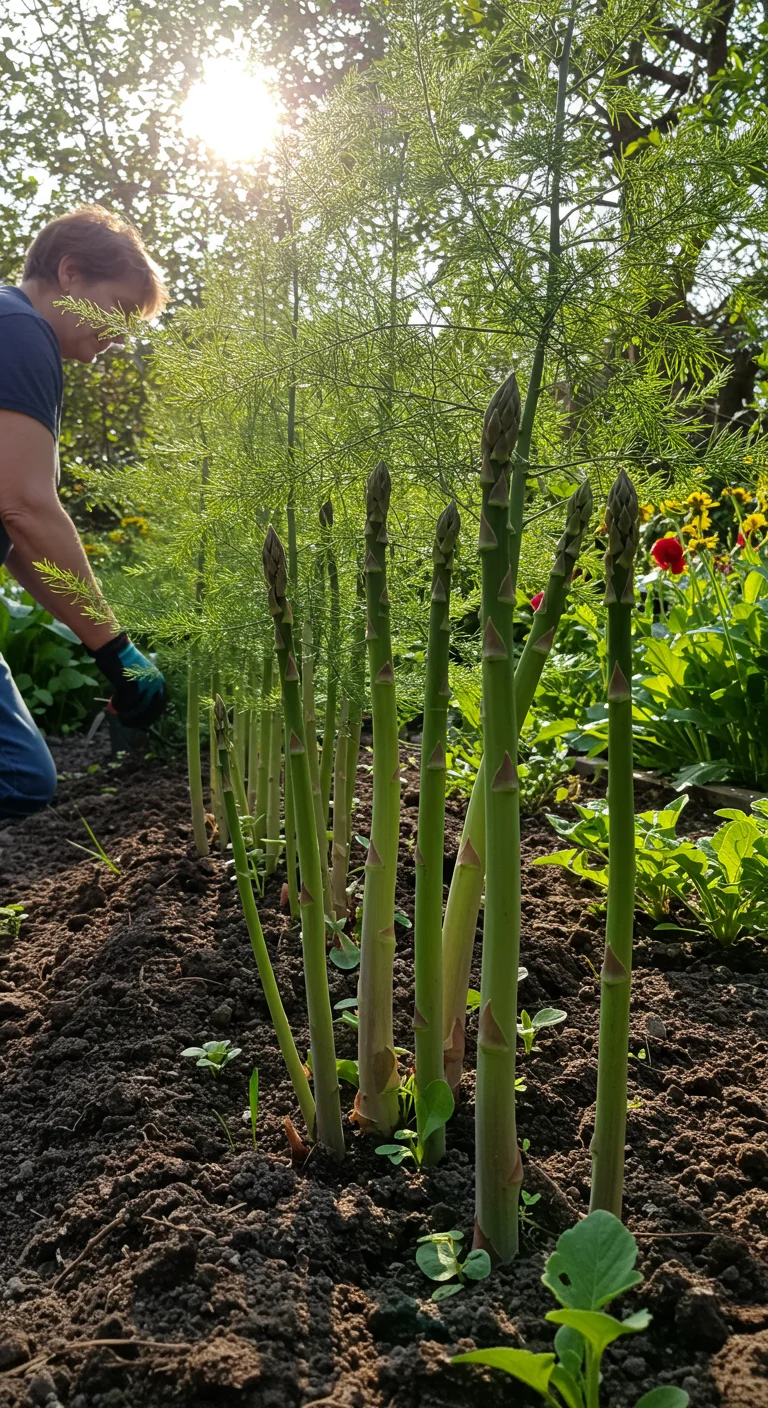
Asparagus is a perennial vegetable that offers a bountiful harvest for years with minimal effort. Once established, asparagus plants can produce spears for 15 years or more, making them a valuable addition to any garden. To grow asparagus successfully, plant the crowns in well-drained soil and ensure they receive full sun. It’s best to start them in early spring when the soil is workable. After planting, be patient; the first harvest typically occurs three years later, but the wait is worth it for the tender, flavorful spears. Regular watering and mulching will help maintain soil moisture and suppress weeds, allowing your asparagus to thrive. Rich in vitamins A, C, and K, asparagus is not only a garden staple but also a nutritious addition to your meals.
3. Rhubarb: The Tart Treat That Thrives
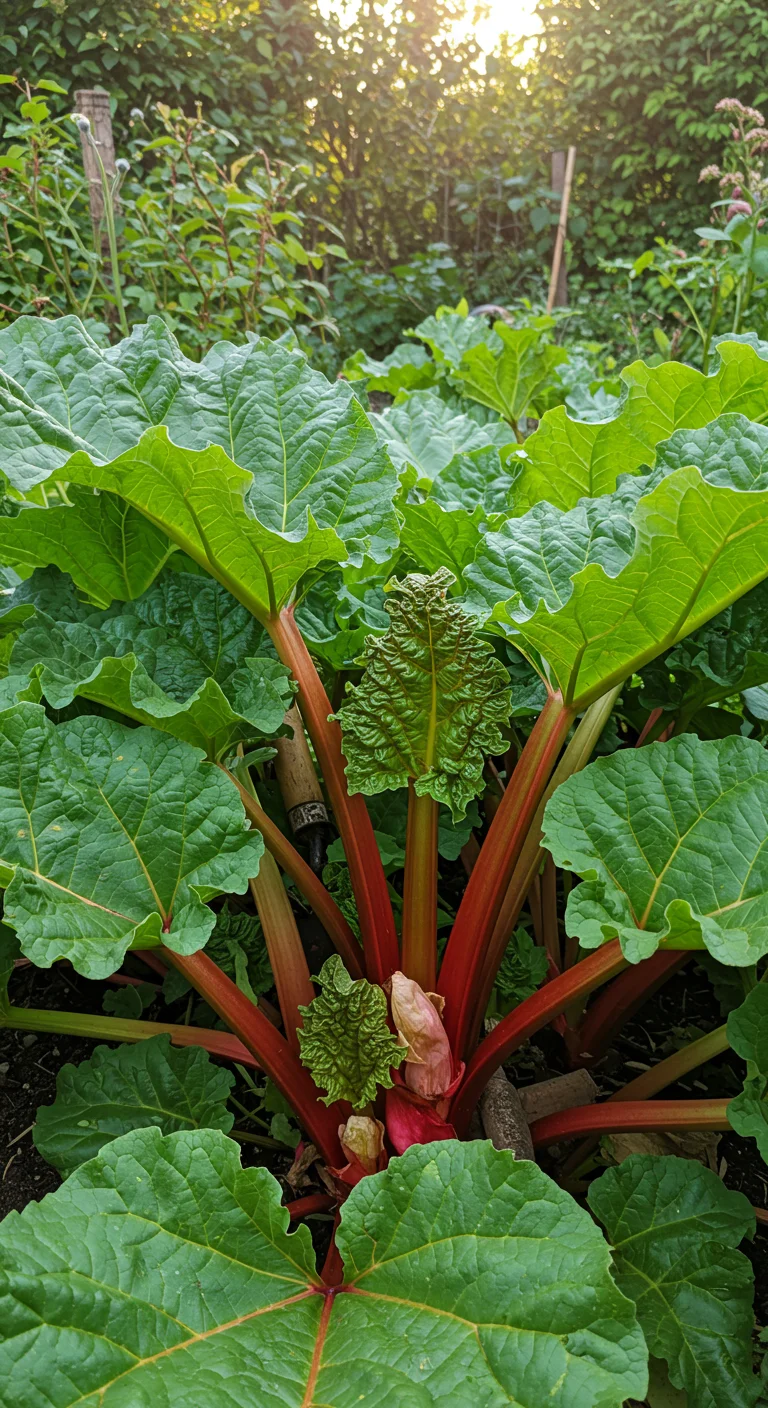
Rhubarb is a unique perennial vegetable often mistaken for a fruit, prized for its tangy flavor and vibrant stalks. Thriving in well-drained soil with plenty of sunlight, rhubarb is incredibly resilient and can produce for up to 10 years once established. Plant it in early spring, allowing space for its large leaves to spread. Although the stalks are edible and often used in pies, jams, and sauces, it’s crucial to remember that the leaves are toxic and should be discarded. Regular watering and mulching help retain moisture and suppress weeds, ensuring a bountiful harvest. With minimal maintenance, rhubarb rewards gardeners with an abundant supply of its tart delight each year, making it a must-have in any perennial garden.
4. Perennial Herbs: Flavorful Friends for Your Kitchen
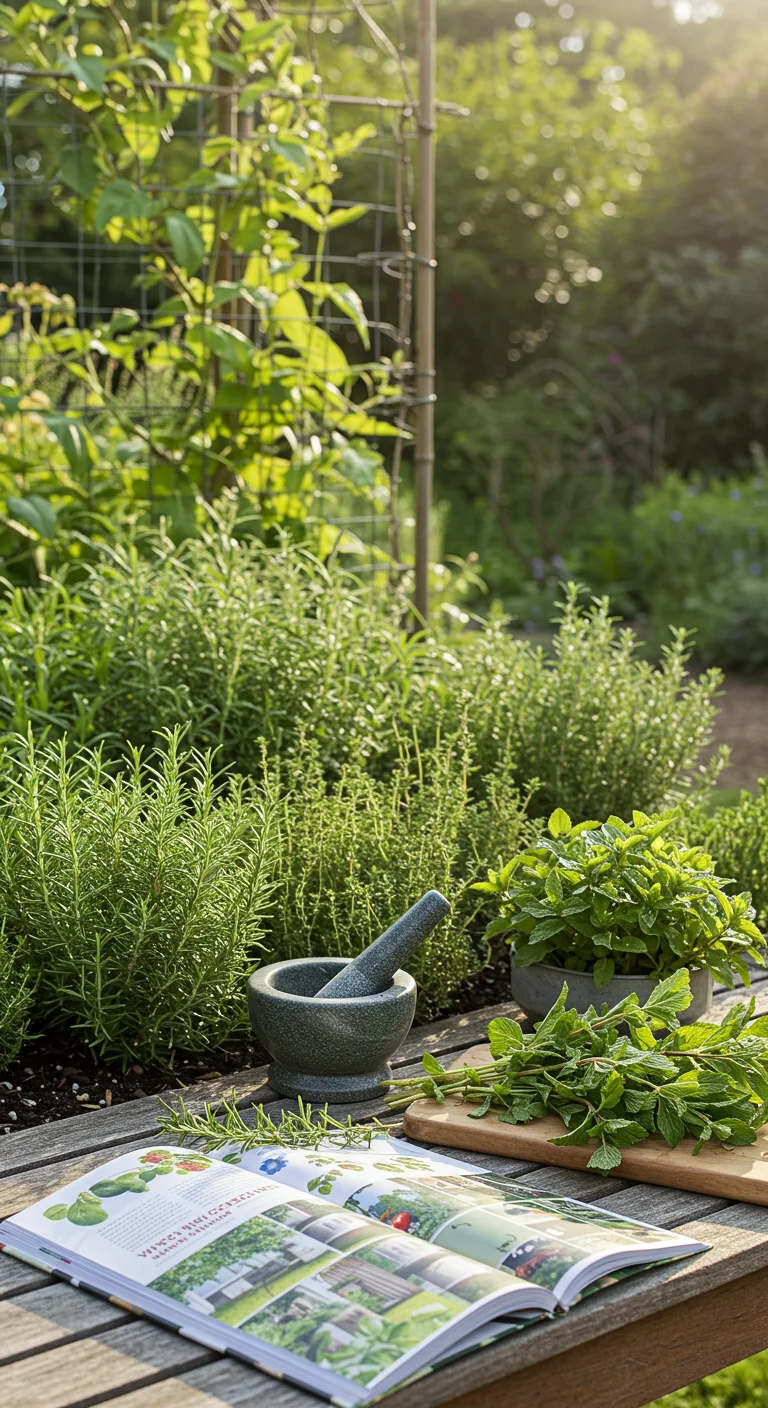
Perennial herbs are a gardener’s best friends, providing fresh flavors year after year with minimal effort. Varieties such as rosemary, thyme, and mint thrive in a variety of climates and can be used to enhance countless dishes, from savory stews to refreshing beverages. Planting these herbs in well-drained soil and ensuring they receive adequate sunlight will allow them to flourish. They typically require less maintenance than annual herbs, as they return each spring, often becoming more aromatic and flavorful over time. Additionally, many perennial herbs can be harvested throughout the growing season, allowing you to enjoy fresh herbs at your convenience. Whether used in cooking, garnishing, or crafting herbal teas, perennial herbs are a sustainable and delicious addition to any kitchen garden.
5. Fruitful Figs: The Sweetest Addition to Your Garden
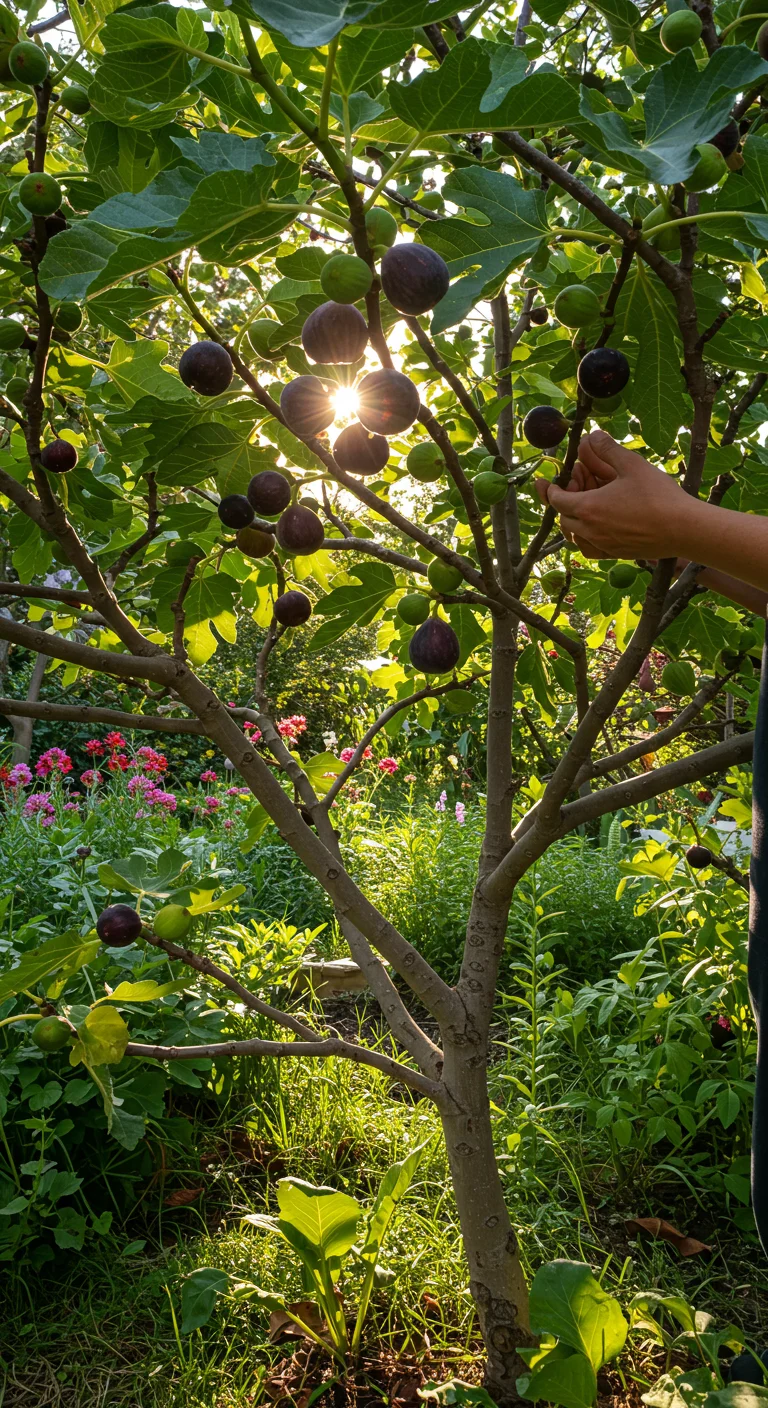
Fruitful figs are an exceptional addition to your garden, offering both beauty and delicious rewards. These hardy perennials thrive in warm climates and can be grown in USDA zones 7-10, making them versatile for many gardeners. Plant them in well-drained soil and ensure they receive full sun for optimal growth. Figs bear fruit on new wood, so regular pruning is essential to encourage healthy production. One of the key benefits of growing figs is their ability to produce sweet, nutrient-rich fruits year after year with minimal maintenance. Additionally, they are drought-tolerant once established, making them an eco-friendly choice. Whether enjoyed fresh, dried, or in jams, figs are not only a treat for the palate but also attract pollinators, enhancing the biodiversity of your garden.
6. Artichokes: The Elegant Edible Perennial
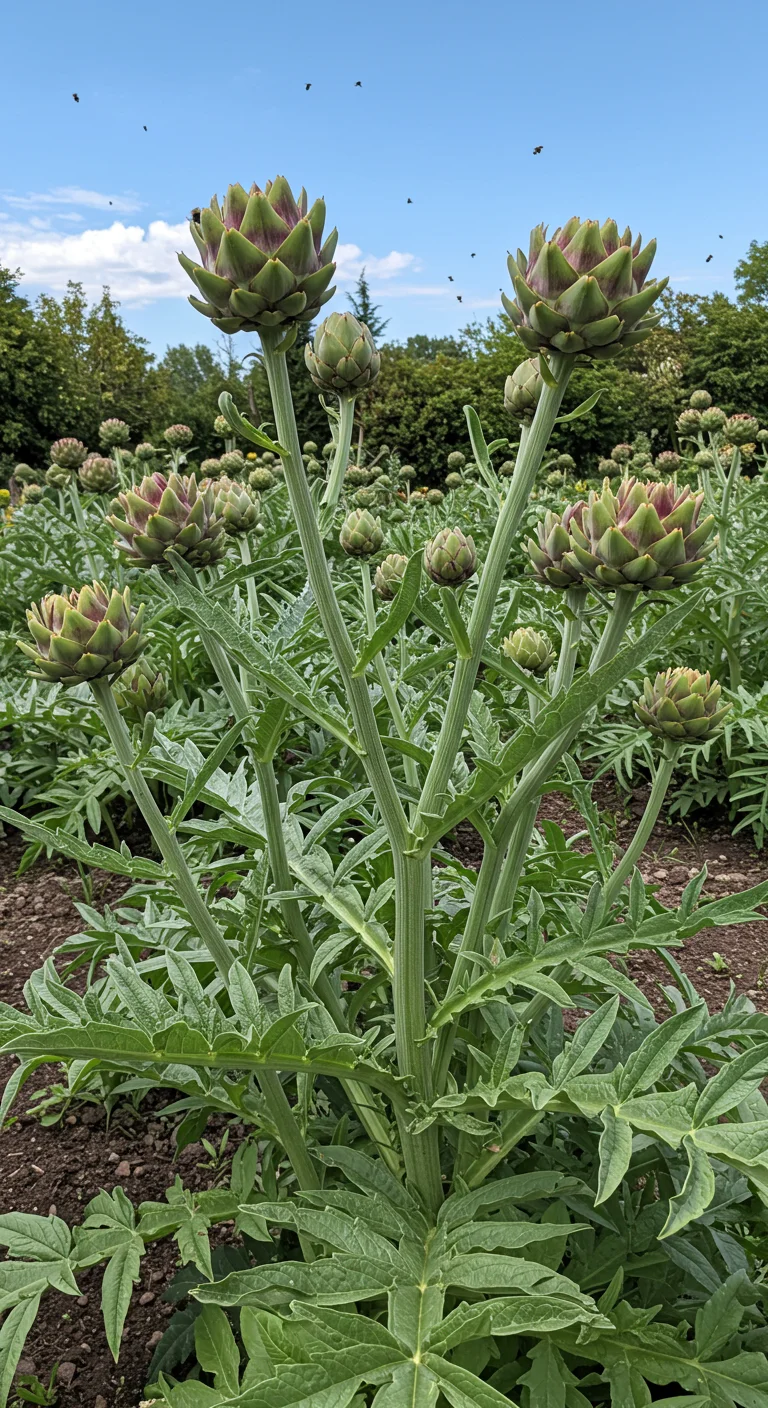
Artichokes are not only a gourmet delight but also an elegant addition to any garden, thriving as a perennial in USDA zones 7-11. These striking plants can grow up to 4 feet tall and produce large, thistle-like buds that are harvested before they bloom. With a growing season that spans several years, artichokes require well-drained soil and full sunlight to flourish. Regular watering and mulching help retain moisture and improve the flavor of the buds. Once established, each plant can yield multiple harvests annually, making them both a sustainable and productive choice for gardeners. Beyond their culinary uses, artichokes also attract beneficial insects, enhancing the biodiversity of your garden.
7. The Versatile Horseradish: A Spicy Perennial Delight
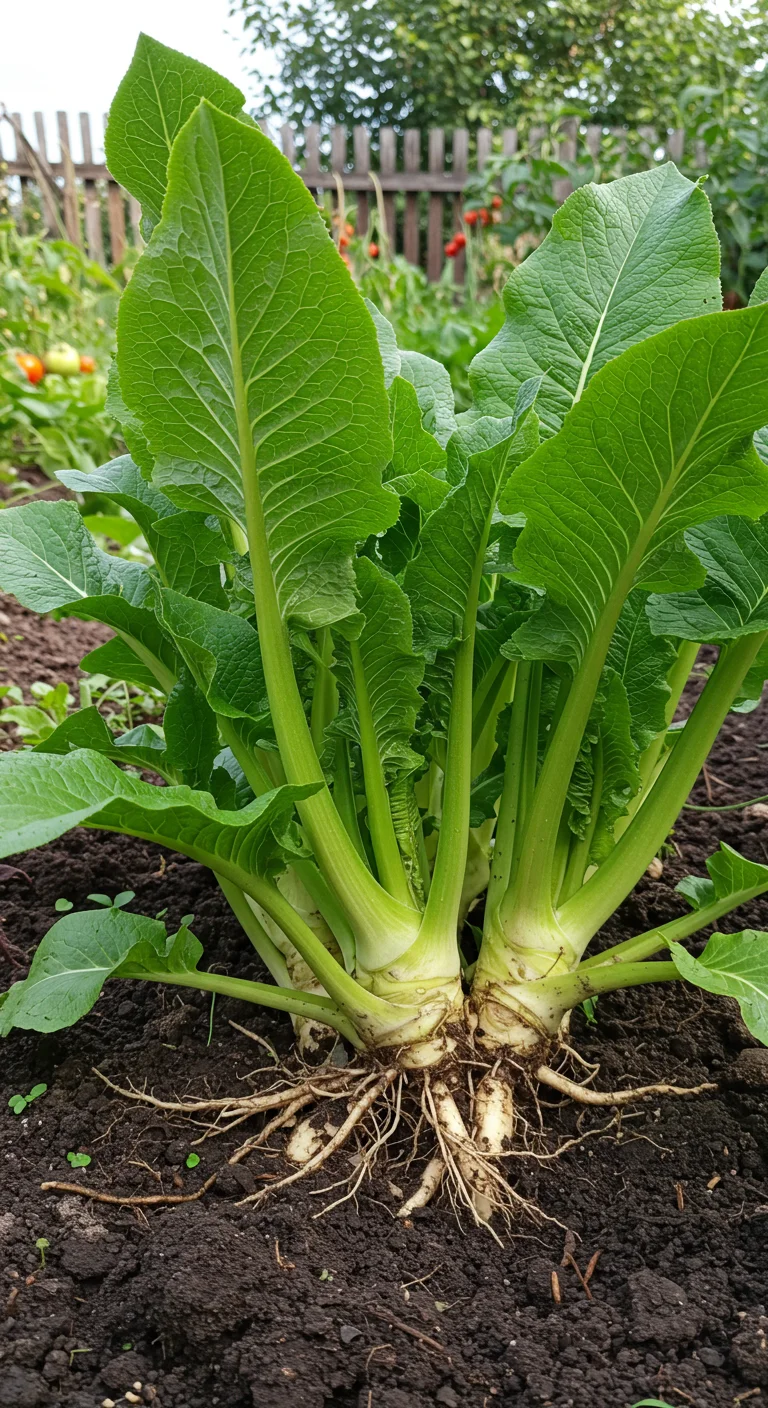
Horseradish (Armoracia rusticana) is a hardy perennial that thrives in various climates, making it an excellent addition to any garden. Known for its robust, spicy root, horseradish can be harvested year after year with minimal maintenance. This vegetable prefers well-drained, loamy soil and a sunny location, allowing its roots to develop their characteristic heat. To grow horseradish, simply plant root cuttings in early spring, and they’ll establish quickly. When ready to harvest, which typically occurs in late fall, use a garden fork to gently lift the roots from the soil. Besides its culinary uses, horseradish is also recognized for its medicinal properties, including anti-inflammatory effects. With its resilience and versatility, horseradish is a rewarding perennial that brings both flavor and health benefits to your table.
8. Chives: The Perennial Herb That Never Fails
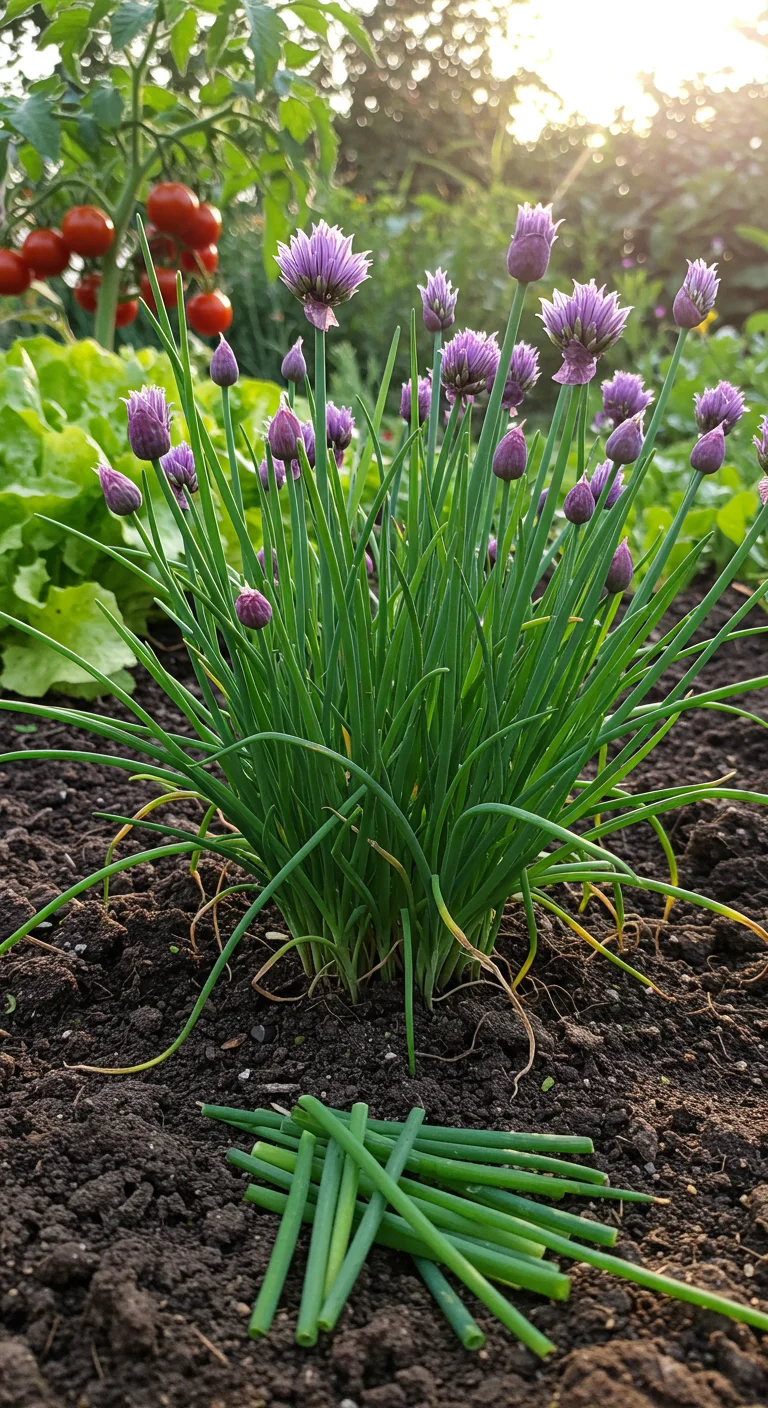
Chives are a versatile perennial herb that can thrive in various climates, making them a staple in any garden. They are incredibly easy to grow, requiring minimal care, and can be harvested year after year. Chives prefer well-drained soil and a sunny location but can also tolerate partial shade. Their delicate, onion-like flavor enhances a wide range of dishes, from salads to soups, and they can be used fresh or dried. Regular harvesting encourages bushier growth, so don’t hesitate to snip off the tops. Plus, their vibrant green stalks and lovely purple flowers can also add visual appeal to your garden, attracting beneficial pollinators. With chives, you’ll enjoy a constant supply of fresh flavor and greenery throughout the growing season.
9. Gooseberries: A Tangy Treasure for Gardeners

Gooseberries are a tangy treasure for gardeners, offering a unique flavor profile and a wealth of nutrients. These hardy perennials thrive in a variety of climates and are relatively low-maintenance, making them an excellent choice for both novice and seasoned gardeners. Plant gooseberries in well-drained soil with full sun to partial shade, and they will reward you with bountiful harvests in late spring to early summer. With their high vitamin C content and antioxidants, gooseberries can be enjoyed fresh, used in jams, or incorporated into desserts. Regular pruning will help maintain their shape and encourage fruit production, while mulching can retain moisture and suppress weeds. Plant once, and you’ll enjoy this refreshing fruit for years to come, adding a delightful zing to your garden bounty.
10. Perennial Peas: Easy-to-Grow Garden Gems
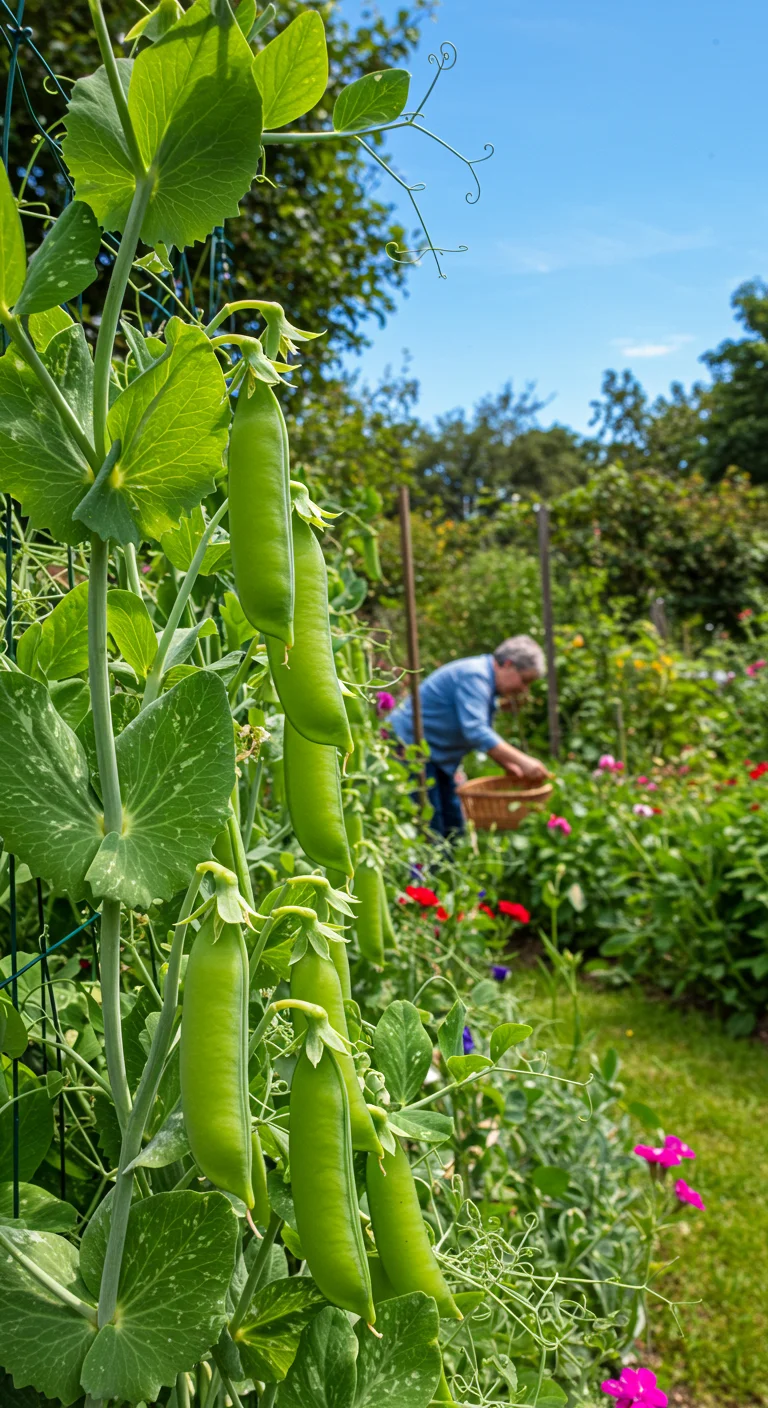
Perennial peas are a delightful addition to any garden, providing a continuous supply of fresh pods with minimal effort. These hardy plants, which can thrive in a variety of climates, are known for their sweet flavor and nutritional benefits. With a growth habit that allows them to climb, they can be trained on trellises or fences, saving space while adding vertical interest to your garden. Unlike annual peas, perennial varieties can produce for many years once established, requiring only occasional pruning and care. They prefer well-drained soil and full sun, and their nitrogen-fixing properties enrich the soil, making them a beneficial companion plant. For gardeners seeking low-maintenance, productive crops, perennial peas are truly garden gems worth growing.
11. The Resilient Blackberry: A Garden Favorite
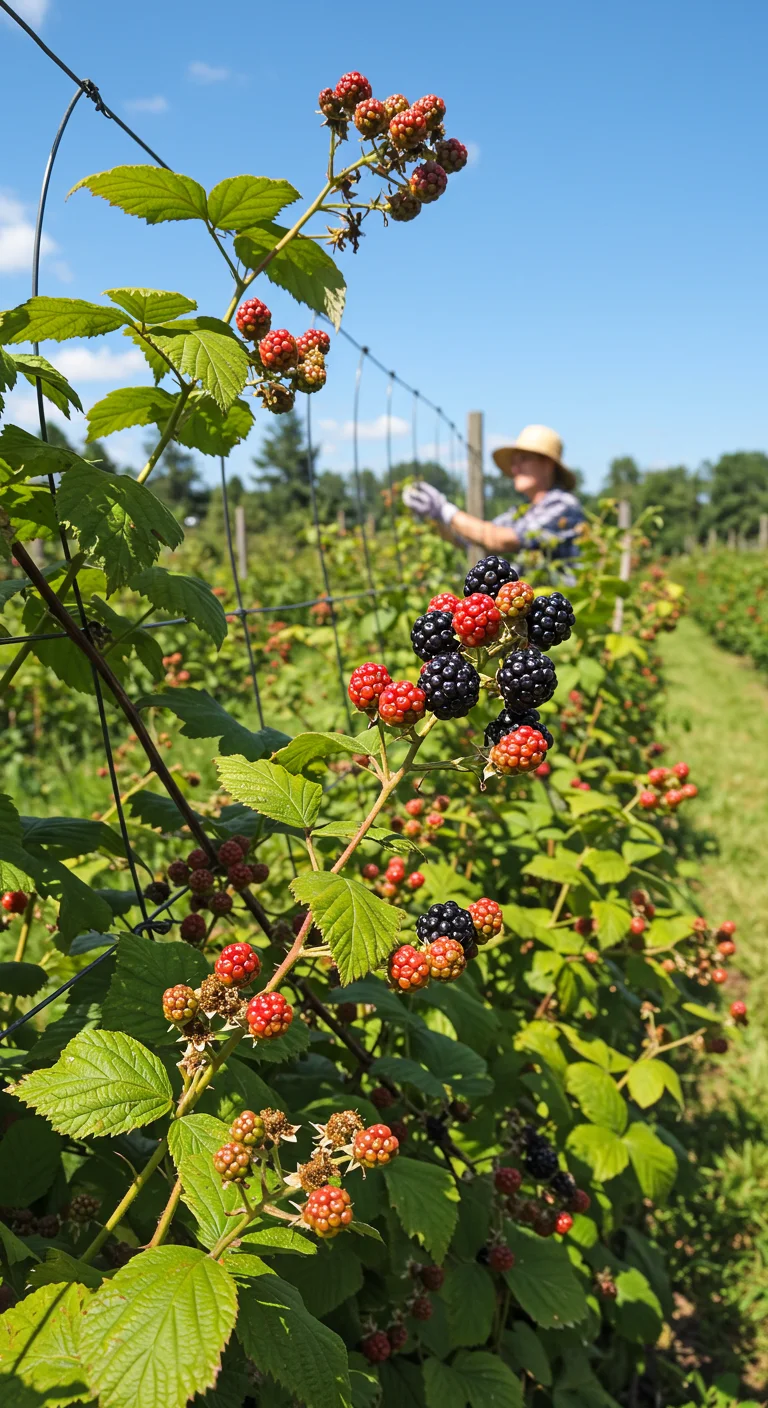
The resilient blackberry is a perennial favorite among gardeners for its hardiness and delectable fruit. Thriving in USDA zones 5-10, blackberries can adapt to various soil types, though they prefer well-drained, slightly acidic soil enriched with organic matter. Plant them in full sun to encourage robust growth and bountiful harvests, typically yielding fruit from mid-summer to early fall. In addition to their sweet, juicy berries, blackberries are low-maintenance, requiring minimal pruning and pest management. They can be trained on trellises for easier harvesting, and their thorny canes add a natural barrier to gardens. Adding blackberries to your garden not only enhances your landscape but also provides a nutritious, antioxidant-rich snack year after year.
12. Oregano: The Flavorful Perennial Herb
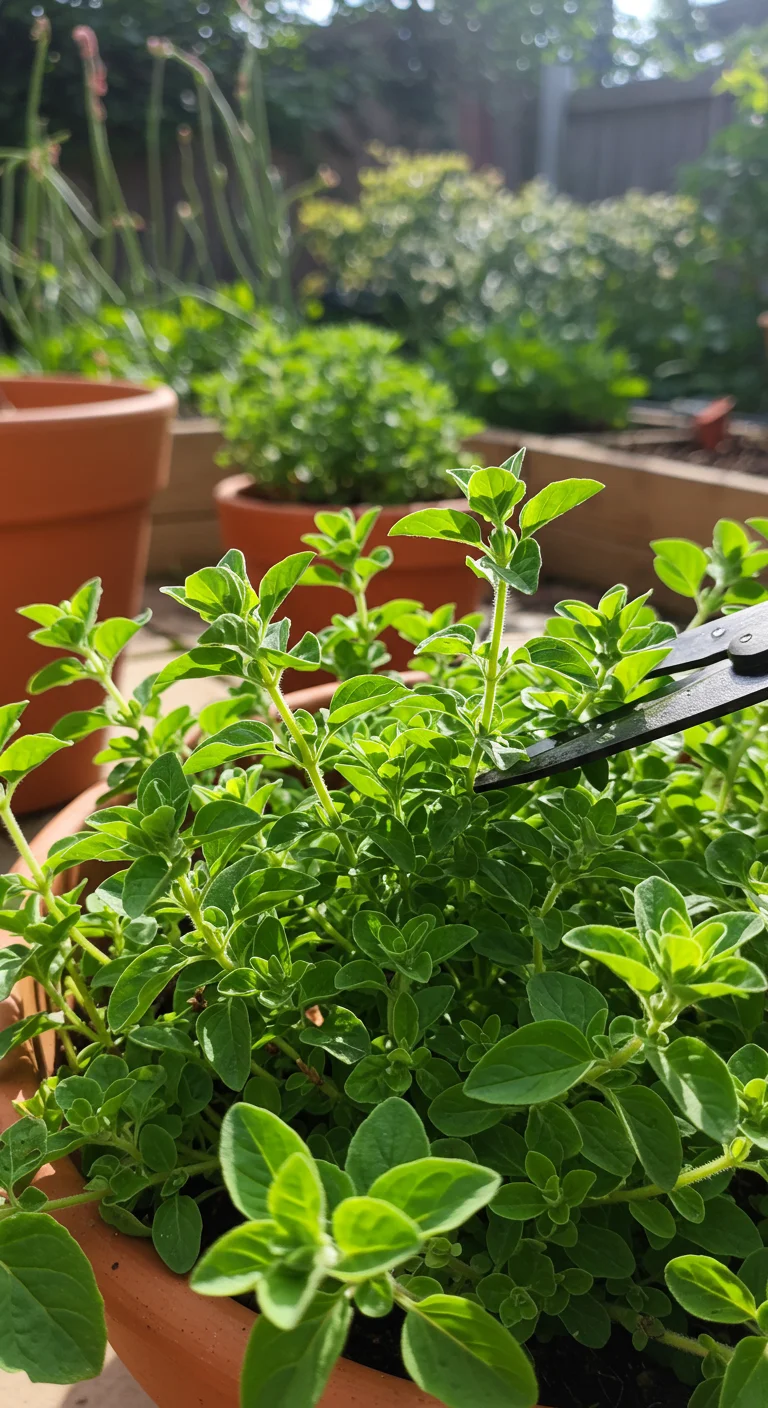
Oregano is a versatile perennial herb that not only enhances the flavor of various dishes but also thrives in a range of climates. Known for its aromatic leaves, oregano is a staple in Mediterranean cuisine, making it an essential addition to any herb garden. It prefers well-drained soil and full sun, and once established, it requires minimal maintenance, making it an ideal choice for gardeners of all skill levels. Oregano can be harvested throughout the growing season; simply snip off the stems to encourage bushier growth. Its dried leaves retain their flavor, allowing you to enjoy this herb long after the growing season ends. Planting oregano alongside other perennials can improve your garden’s biodiversity, attracting beneficial insects while providing a continuous supply of fresh flavor for your culinary creations.
13. The Refreshing Mint: A Garden Must-Have
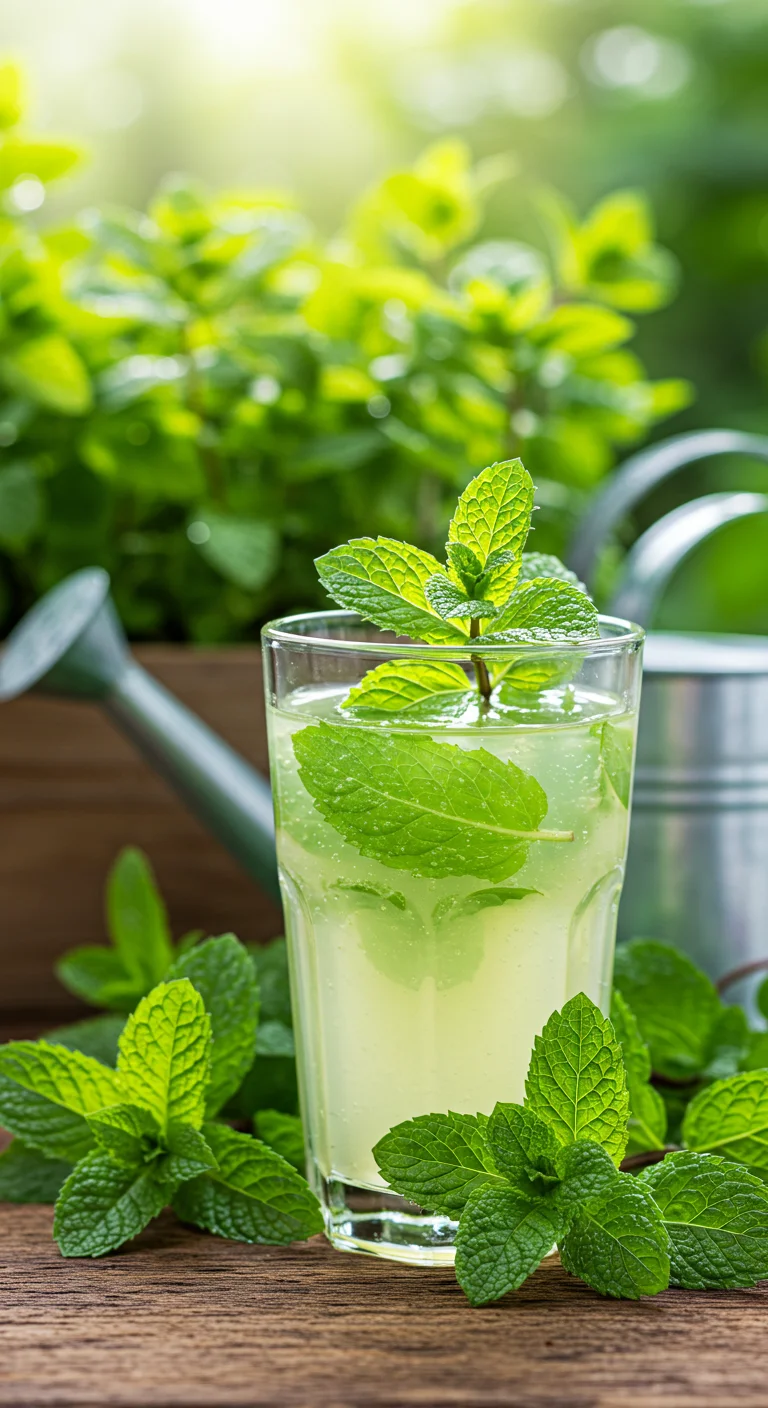
The Refreshing Mint is an essential addition to any garden, prized not only for its aromatic leaves but also for its versatility in culinary uses. This perennial herb thrives in a variety of conditions, making it easy to grow in both garden beds and containers. Mint prefers partial shade and well-drained soil, but it can tolerate full sun with adequate moisture. Once established, it can spread vigorously, so consider planting it in a confined space or using barriers to control its growth. Regular harvesting encourages bushier growth and prevents flowering, which can lead to a decline in leaf flavor. Enjoy fresh mint in beverages, salads, and desserts, or dry the leaves for teas and seasoning, ensuring a constant supply of this invigorating herb year after year.
14. Elderberries: Nature’s Superfruit
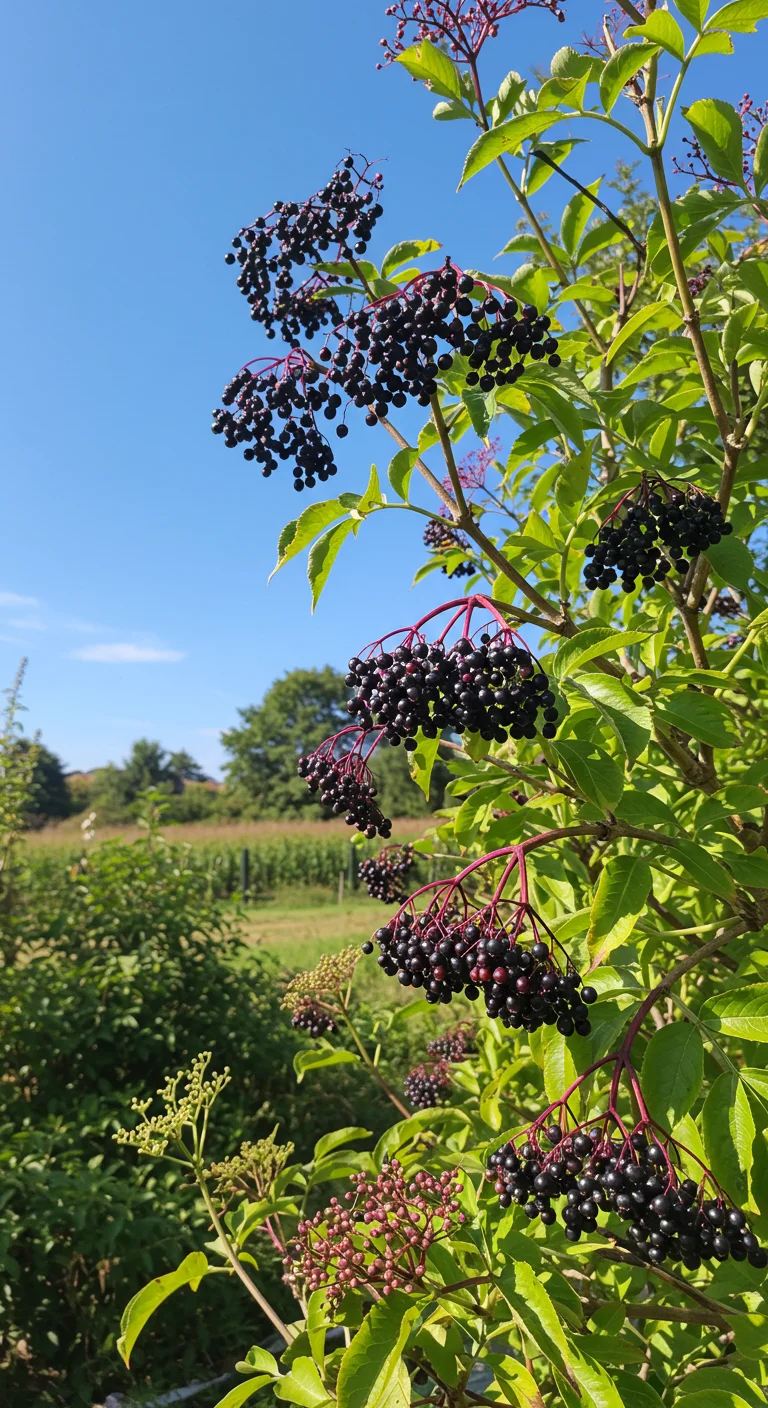
Elderberries (Sambucus nigra) are often hailed as nature’s superfruit due to their rich antioxidant properties and numerous health benefits. These small, dark berries thrive in temperate climates and can be grown as shrubs in home gardens. Harvesting elderberries is easy; simply pick them in late summer when they are fully ripe. Besides their delicious flavor, elderberries are known to boost the immune system, alleviate cold symptoms, and may even help reduce inflammation. For gardeners, elderberries are a low-maintenance perennial that can yield bountiful harvests for years, making them a smart addition to any edible landscape. Remember to cook the berries before consumption, as raw elderberries can be toxic. With their vibrant clusters of fruit and attractive foliage, elderberries also contribute beauty to your garden while providing nutritious treats.
15. The Unique Sea Kale: A Coastal Perennial Veggie
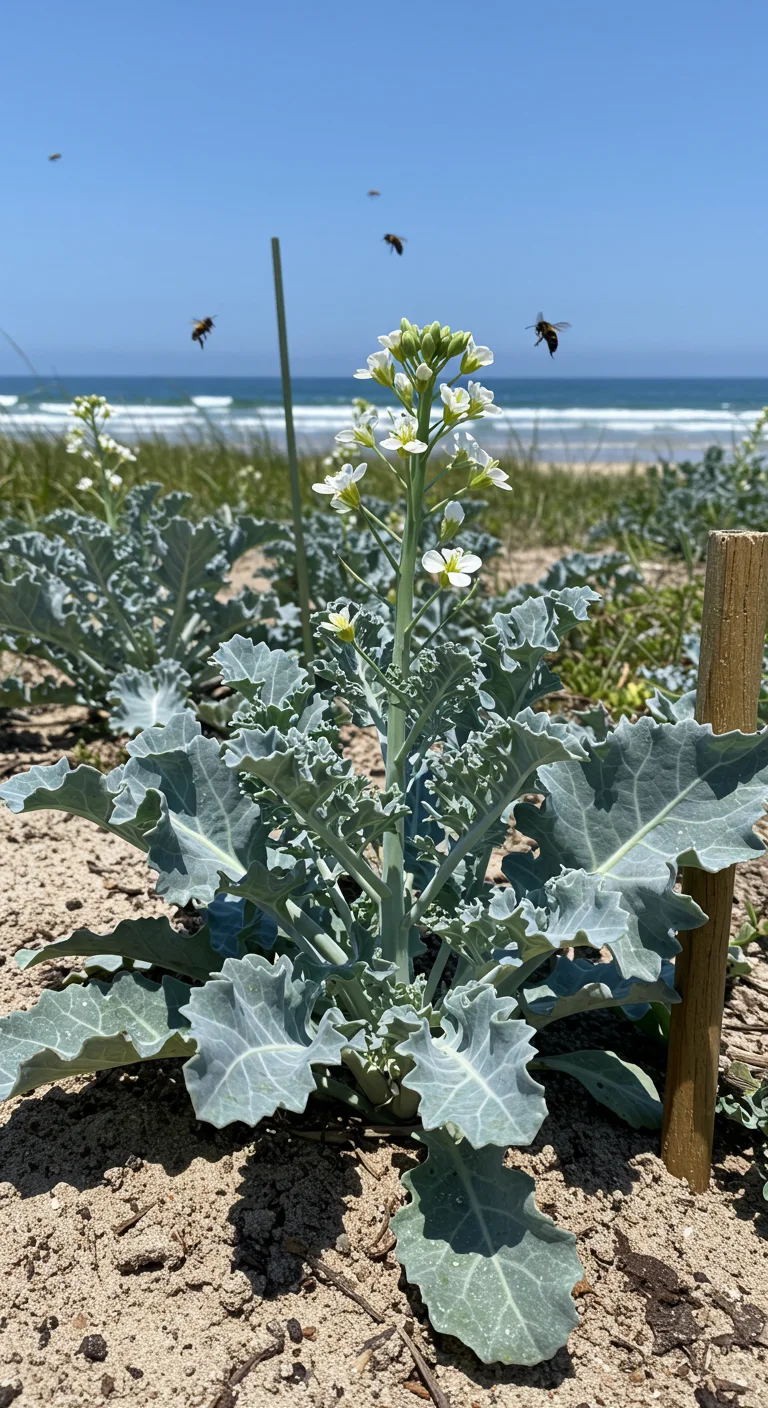
Sea kale (Crambe maritima) is a unique coastal perennial vegetable that thrives in sandy, salty soils, making it an excellent choice for seaside gardens. Not only is it hardy and resilient, but it also offers a wealth of edible benefits; its tender leaves can be harvested in spring and summer for salads or steamed dishes, while the young flower shoots add a delicious crunch. Sea kale has a striking appearance, with silvery-blue leaves and clusters of white flowers that bloom in late spring, attracting pollinators to your garden. This versatile plant can be grown in USDA zones 3-7 and requires minimal maintenance once established. Incorporating sea kale into your garden not only diversifies your harvest but also adds an ornamental touch to coastal landscapes.
16. Lovage: The Celery Alternative That Lasts

Lovage (Levisticum officinale) is a remarkable perennial herb that serves as a fantastic alternative to celery, boasting a robust flavor profile reminiscent of its crunchy counterpart. Thriving in well-drained, nutrient-rich soil, this hardy plant can grow up to 6 feet tall and is highly resilient, allowing it to flourish in various climates. With its lush, green leaves and tall, flowering stalks, lovage not only enhances culinary dishes—such as soups, stews, and salads—but also adds a delightful decorative element to your garden. Once established, lovage requires minimal maintenance and can be harvested year after year, making it an excellent choice for gardeners seeking sustainable options. By planting lovage, you’ll enjoy a continuous supply of this versatile herb, perfect for adding depth to your cooking and enriching your garden’s biodiversity.
17. The Abundant Currant: Small Fruit with Big Flavor

The Abundant Currant: Small Fruit with Big Flavor is a must-have in any perennial garden. These tiny berries, available in red, black, and white varieties, pack a punch of tartness and sweetness, making them ideal for jams, jellies, and fresh desserts. Currants thrive in well-drained soil and prefer partial shade, making them versatile for various garden locations. Once established, they require minimal maintenance, producing fruit year after year without the need for replanting. Not only are they delicious, but currants are also rich in antioxidants and vitamins, providing health benefits that make them an excellent choice for any home gardener looking to enhance their fruit production sustainably.
18. Perennial Spinach: A Leafy Green for All Seasons
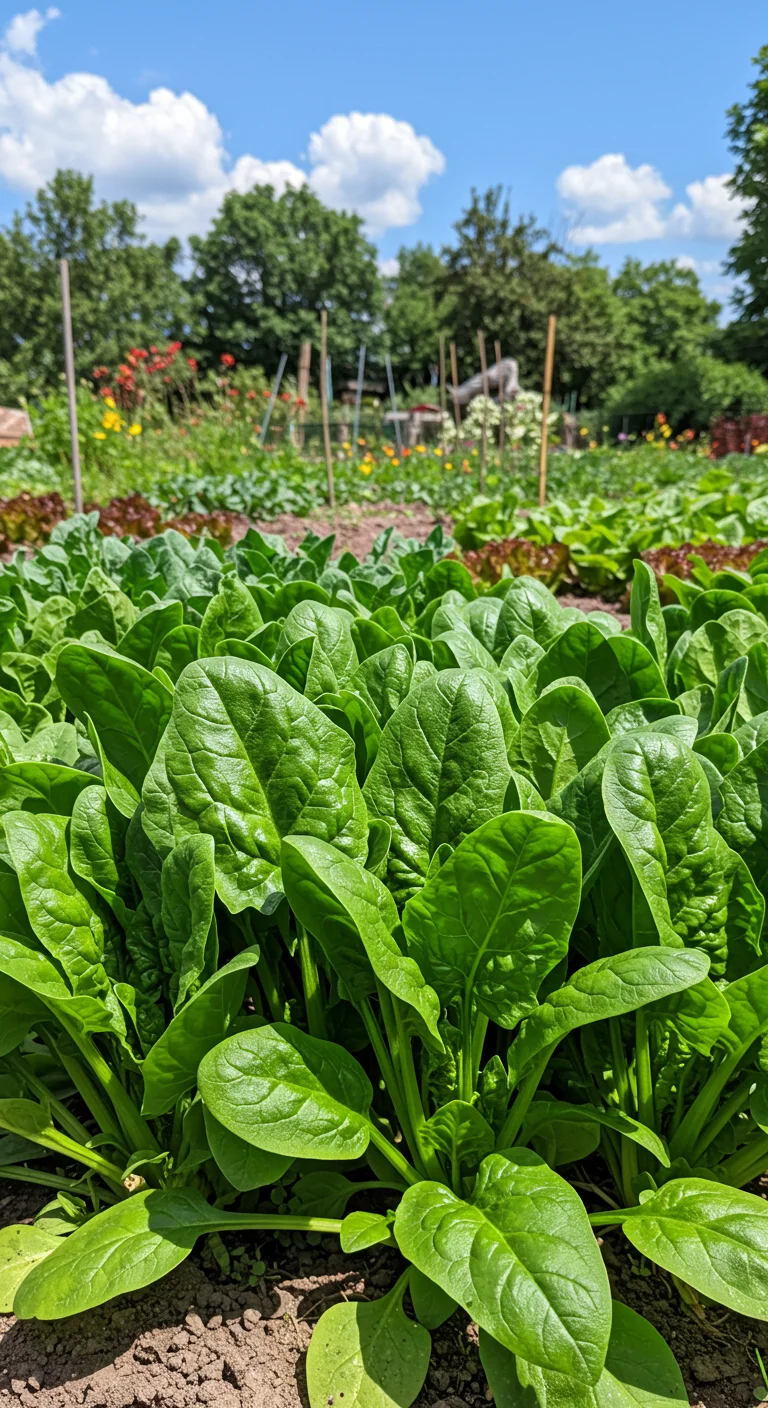
Perennial spinach, also known as New Zealand spinach or Warrigal greens, is an excellent leafy green that thrives in various climates, making it a staple for year-round gardens. This hardy plant can withstand heat and drought better than traditional spinach, and it produces tender, nutritious leaves that are rich in vitamins A and C. With a growth cycle that allows for multiple harvests each year, perennial spinach can be easily incorporated into salads, stir-fries, and smoothies. To cultivate this versatile green, simply plant it in well-draining soil with full sun exposure, and watch as it flourishes with minimal maintenance. Harvest the outer leaves regularly to encourage new growth and enjoy a continuous supply of fresh greens throughout the seasons.
19. The Flavorful Garlic Chive: An Allium with Staying Power
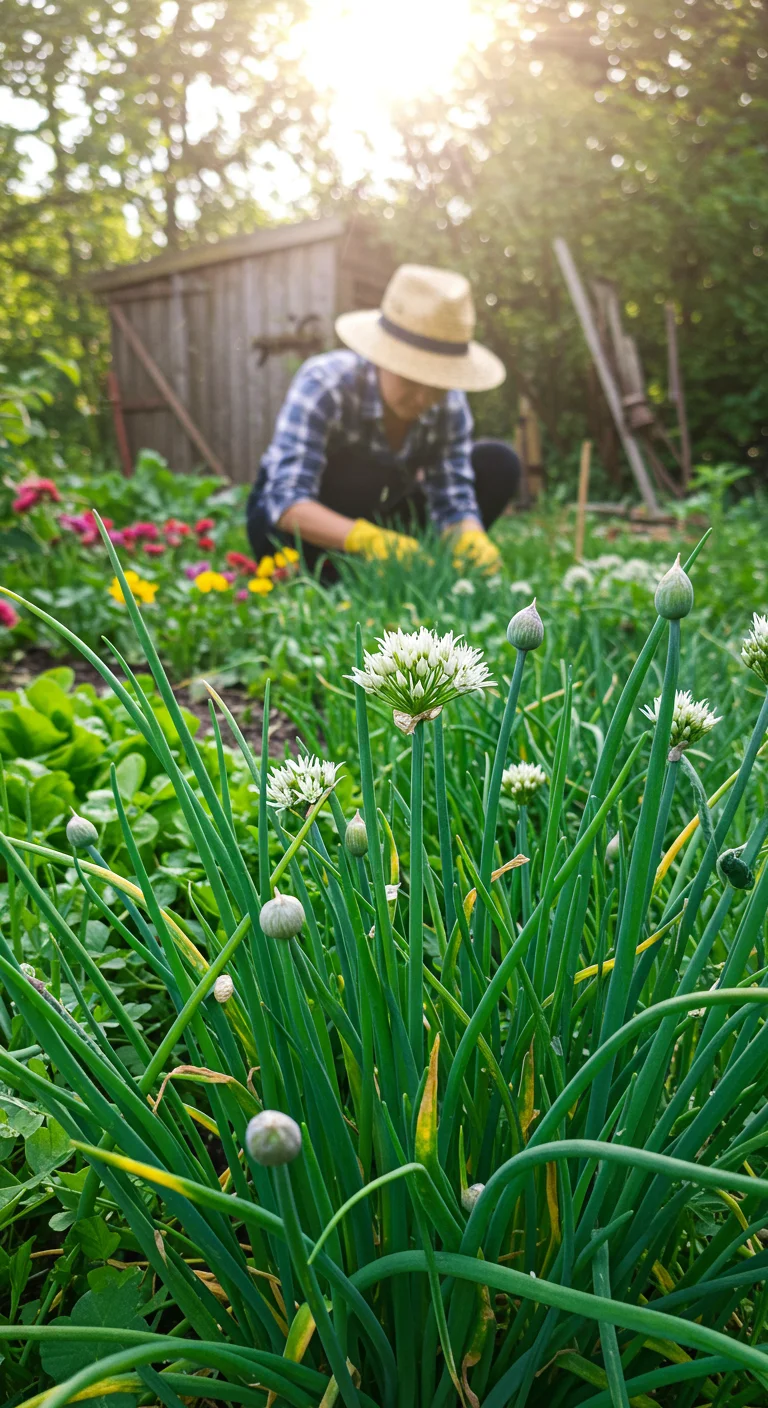
Garlic chives, also known as Chinese chives, are a versatile perennial herb that not only enhance culinary dishes with their delicate garlic flavor but also provide a striking visual interest in your garden. These alliums thrive in well-drained soil and can be planted in full sun or partial shade, making them adaptable to various garden settings. Once established, garlic chives require minimal maintenance, as they are drought-tolerant and resistant to pests. They produce beautiful white or purple flowers in late summer, attracting pollinators and adding aesthetic value. Harvest the leaves regularly to encourage new growth, and enjoy a continuous supply of this flavorful herb year after year, making your garden both productive and visually appealing.
20. Perennial Kale: The Nutrient Powerhouse for Your Garden

Perennial kale, also known as ‘Tree Kale’ or ‘Cavolo Nero,’ is a hardy leafy green that can thrive in various climates, making it an ideal addition to any garden. This nutrient powerhouse boasts an impressive array of vitamins, minerals, and antioxidants, particularly high in vitamin K, vitamin C, calcium, and iron, which promote overall health and well-being. Unlike traditional annual varieties, perennial kale can produce delicious, nutrient-rich leaves year after year with minimal maintenance, requiring only occasional pruning to encourage new growth. Its deep-rooted structure helps it withstand drought conditions, and its ability to tolerate cold temperatures makes it a resilient choice for winter harvesting. With its striking appearance and culinary versatility, perennial kale not only enriches your diet but also adds beauty to your garden landscape.

